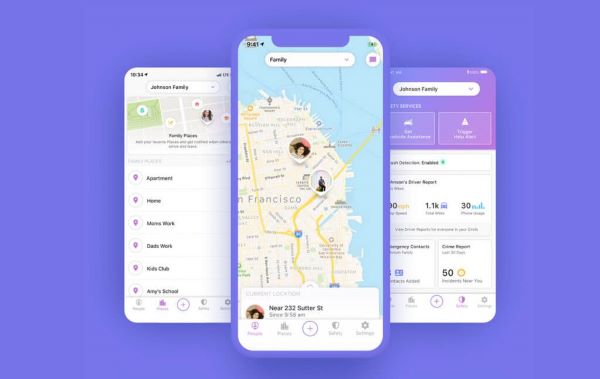ADS
In 2026, the retail landscape is expected to see major shifts and innovations that will transform the way consumers shop. Three key trends are projected to shape the future of retail: increased engagement with social media for direct purchases, continued growth in online grocery shopping, and a surge in online shopping across all product lines.
One major trend that is anticipated to impact the retail industry in 2026 is the growing trend of consumers making direct purchases through social media platforms. Social commerce has been on the rise as customers increasingly use social media not only to discover new products but also to make purchases. Recent surveys have shown that a significant percentage of consumers have shopped using social media, with platforms like Facebook and TikTok playing a key role in driving sales. For example, TikTok’s introduction of TikTok Shopping has streamlined the process for merchants to sell products and advertise on the platform, leading to increased sales and engagement.
Another major trend in retail is the continued growth of online grocery shopping. The COVID-19 pandemic accelerated the shift towards online grocery shopping, leading to a significant increase in sales in this category. Consumers have shown a growing preference for online grocery shopping due to its convenience and flexibility. As a result, online grocery sales are projected to reach over $2.1 trillion by 2030, expanding at a compound annual growth rate of 25.3% in the years ahead. This trend is not limited to the US, as countries around the world have seen a significant increase in online grocery sales following the pandemic.
In addition to the growth in online grocery shopping, online shopping across all product lines is expected to see a surge in 2026. The pandemic drove more consumers to shop online for a wider range of products, including clothing, footwear, home goods, and household products. Many consumers have indicated their intention to continue shopping online even after the pandemic, signaling a long-term shift towards e-commerce platforms. Home improvement, meal delivery, and online fitness are expected to be among the most successful areas of online retail, with consumers increasing spending in these categories.
The retail industry is constantly evolving, and retailers must keep up with changing consumer preferences and behaviors in order to stay competitive. As technology continues to advance, retailers will need to adapt to new ways of engaging with customers and driving sales. The trends outlined above are just a few examples of the major shifts that are expected to shape the future of retail in 2026 and beyond. By embracing these trends and leveraging technology to enhance the customer experience, retailers can position themselves for success in the evolving retail landscape.








